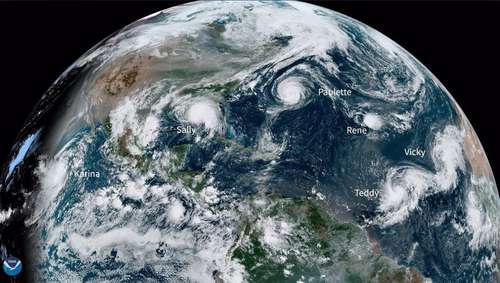Madrid. The variability of Atlantic tropical cyclone activity will increase, leading to more active and inactive hurricane seasons and fewer near-normal seasons.
This is the conclusion of a new study published in Science Advances by NOAA (the US climate agency) and associated researchers, focused on how the frequency and accumulated cyclone energy (ACE) in the North Atlantic could change in the future. ACE is the measure of total seasonal activity used by NOAA scientists to analyze past and future changes in tropical cyclone activity, focusing on changes that occur between two or more years and the impact of a changing climate.
Researchers are examining why there have been so many active seasons in recent years. The results show that unusually active and inactive hurricane seasons have become more common since the 1990s, and computer models predict that by the middle of this century, variability could increase by an additional 36 percent, with the largest increase occurring would occur in the central tropical North Atlantic, which refers to the middle section of the North Atlantic Ocean where tropical storms and hurricanes most frequently form. These changes are related to changes in wind patterns and ocean temperatures.
